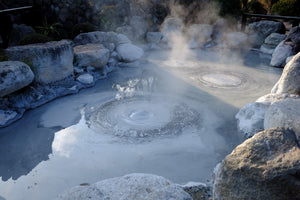Incorporating Sauna With Contrast Therapy
Key Takeaways:
-
Cold therapy and immersion has tons of health benefits.
-
Heat therapy and immersion has tons of health benefits.
-
Little evidence shows using the two back-to-back is more beneficial than using them both, but separately.
-
Using both therapies can allow you to recover quicker, have better energy throughout the day and unlock a myriad of health benefits.
Contrast therapy involves using extreme heat and extreme cold in order to stimulate many different processes within the body. Sauna use and cold therapy have benefits when used individually, but when used in combination they may be able to provide a more health benefits. Heat therapy improves circulation and blood flow with blood vessel dilation, and cold therapy does the opposite, it constricts blow flow, lowering inflammation. When used in the form of contrast therapy, it has a substantial effect on how the body handles pain, this can dramatically speed up the muscle and injury recovery process.
Benefits of Sauna or Heat Therapy
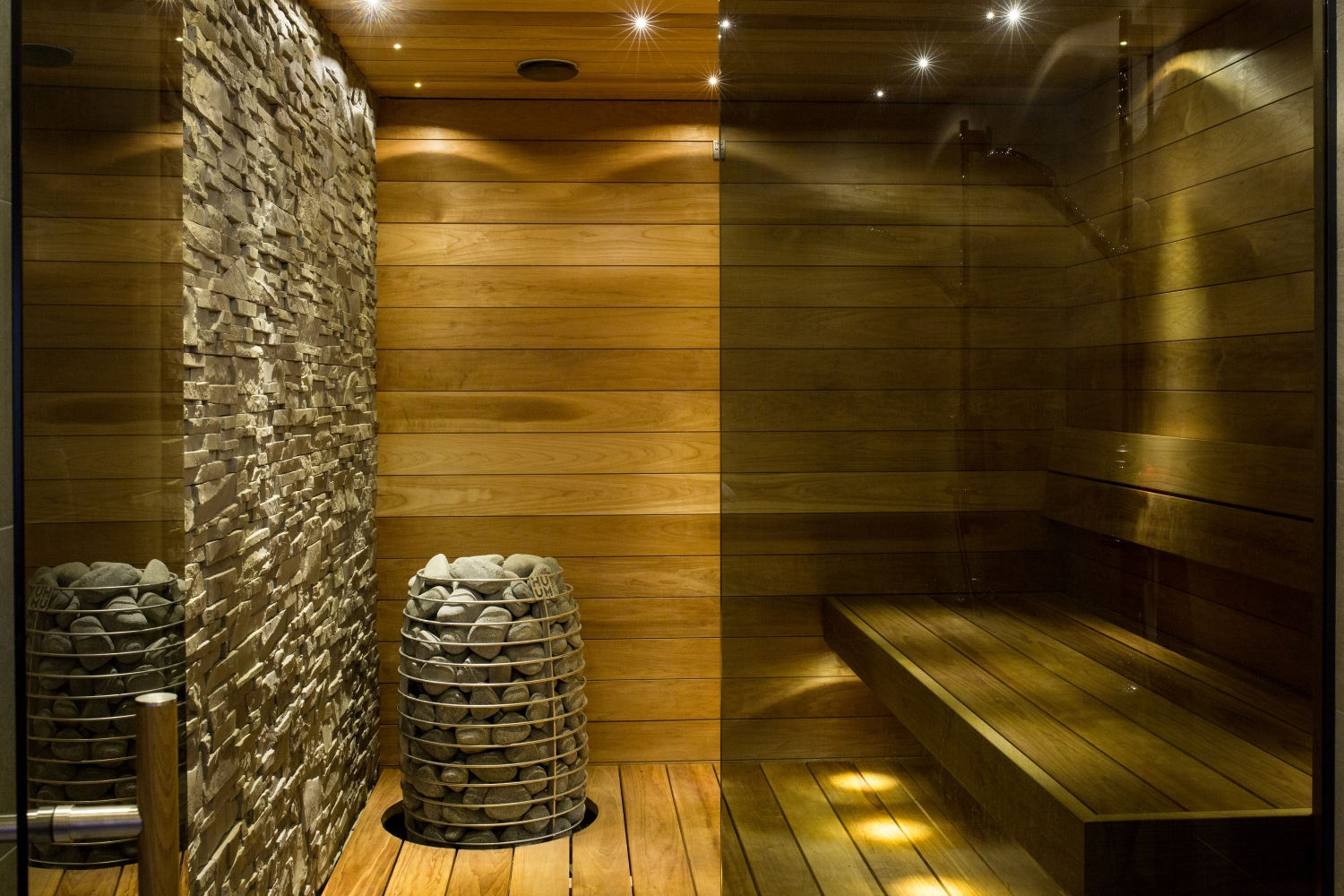
-
Pain relief
-
Promote blood flow
-
Lowered risk of heat disease
-
Improved circulation
-
Reduced risk of cardiovascular disease
-
Reduction of delayed onset muscle soreness
Sauna use in isolation can provide many health benefits. The act of raising the body's core temperature allows for increased blood flow, immune system stimulation, detoxification and much more. This increased blood flow also helps drive nutrients to the places of the body that need it. Increased circulation can help with chronic pain, stiff muscles, muscle spasms, muscle tension and just overall muscle pain.

Sauna and Metabolism
Sauna exposure raises core temperature drastically. This rise can result in roughly a 10-15% increase in metabolic rate per 1 degree Fahrenheit increase in core temperature. While this increase in metabolic rate is only temporary, it sauna sessions can still be a useful addition to a weight loss routine for its metabolic effects.
Sauna and Hormone Release
Hot sauna sessions mimic a fever for the body without being sick. This can increase secretion of hormones such as growth hormone, noradrenaline, prolactin and beta-endorphins. This increase in hormone release can last for a couple of hours after each sauna sessions and can be leveraged to your advantage to treat pain, reduce muscle soreness, promote relaxation or simply overall pain relief.
Optimal Time For Sauna Therapy
When sauna sessions are used in combination with cold therapy, it would generally make more sense to place sauna usage toward the end of the day, and cold therapy near the beginning. Cold therapy provides an alertness from the body fighting hard to heat back up. In contrast, the sauna does the opposite. After a sauna session, the body has a cooldown period. This cooldown period is very relaxing, this can help reduce stress and help you prepare for a good nights sleep.
Benefits of Cold Therapy
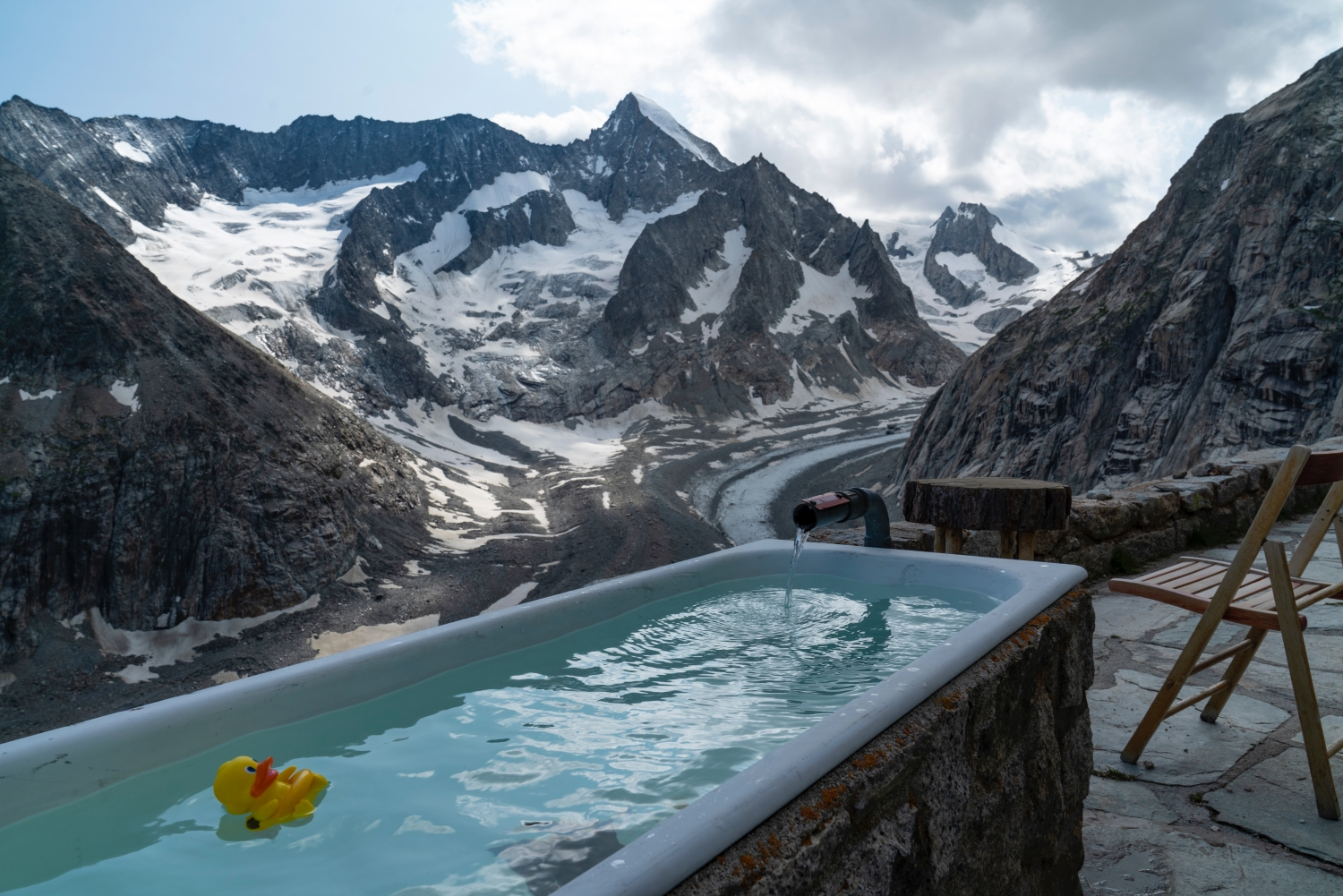
-
Reduce inflammation
-
Reduce pain
-
Reduce muscle aches
-
Reduce swelling
-
Boosts energy and alertness
-
Reduce cortisol
Cold therapy stems around the process of constricting blood vessels through extreme levels of cold for short periods of time. Similarly to why you would use an ice pack for an injury, cold helps dramatically reduce swelling and inflammation in areas where you may not want that. Generally, with acute injuries it is a better idea to use cold therapy to reduce the initial inflammation. Heat therapy is better for issues such as muscle soreness or long term injuries after the initial swelling is handled. Using both of these tools in combination can contribute to amazing health benefits.

Cold Therapy and Metabolism
Cold therapy can also help with metabolism up-regulation. The extreme cold forces your body to use as many resources as possible to try and heat back up again, this makes for caloric burn and possible long term fat loss with paired with a solid diet model.
Cold Therapy and Hormone Release
Cold therapy will have a similar hormonal reaction that hot therapy will. This is simply due to the body's natural stress response. Cold therapy especially, is able to drastically lower cortisol levels which will reduce stress.
Optimal Time For Cold Exposure Therapy
Cold therapy promotes a very alert response from the body. Many people choose to start their day with this. Cold therapy in this way can simply be done through cold water via cold showers, ice baths, cold plunge tubs or even cryotherapy chambers. The vehicles in which cold therapy is used actually doesn't tend to matter much. The body's response to the cold shock is what allows you to reap the benefits. As long as you can perform cold therapy in a consistent and safe method, you can expect to achieve the health benefits associated with it.
Contrast Therapy
Using heat therapy in combination with cold therapy can be optimal for fast muscle recovery. Utilizing cold therapy temporarily restricts blood flow throughout the body, this can dramatically reduce inflammation. Heat exposure drives blood to all areas of the body. This allows for optimal nutrient transportation to facilitate recovery. When both tools are used together, it creates an optimal atmosphere for total muscle recovery.
Should Hot and Cold Therapy Be Used Together?
Cold therapy clearly does have its health benefits. These benefits are slightly different than with heat therapy. They essentially do opposite things to the body to facilitate a response. Contrast therapy is when these two tools are used back to back in the thought that this extreme change in temperatures will have further benefit. Ways this can be done is through the use of either a sauna or hot bath in combination with a cold shower, cold tub or simply some form of cold water.
Studies have shown that contrast therapy truly can offer some incredible benefits, but these benefits are found within the simple use of both hot and cold therapy. There is small amounts of evidence to conclude that these being used back-to-back have any benefit over incorporating both into your weekly routine, separately. The data shows the health benefits associated with hot and cold therapy arise from cumulative use of each on a weekly basis.
How Should You Perform Contrast Therapy?
If you choose to alternate between hot and cold therapy together, the order will generally depend on your goals. If you choose to use contrast therapy at the later hours of the day, it would generally be advised to end on heat therapy. This is due to the body's cooling effect being able to help relax you for a short period after. If you choose to leverage contrast therapy in the earlier parts of the day, it would be better to end on cold therapy for its positive effects on alertness from the body fighting to heat up to normal temperatures. This means it is also advised to avoid warm showers after cold exposure, to allow your body to respond well to the cold therapy.
How Long Use Hot and Cold Therapy?
Cold Therapy Weekly Volume
Research shows that the cumulative weekly volume of cold exposure therapy should be at least 11 minutes per week, broken up into 2-4 sessions. The temperature is recommended to be uncomfortably cold, but not cold enough to be unsafe. It is also important to practice cold therapy in safe environments and avoid bodies of water such as lakes or rivers for this. Cold treatments should be kept to temperatures anywhere below 60 degrees Fahrenheit. It is important to start with a very safe temperature and learn how your body reacts before trying any extremes.
Sauna Therapy Weekly Volume
Both heat therapy and cold therapy generally have clear recommendations of weekly volume goals. Weekly sauna use should be a minimum of 58 minutes per week in order to maximize health benefits. Each of these sessions could be broken up into roughly 20 minutes. Sauna sessions shorter than 20 minutes make it difficult for the body to experience extreme temperatures to reap the rewards of them.
How Should You Do Hot and Cold Therapy at Home?
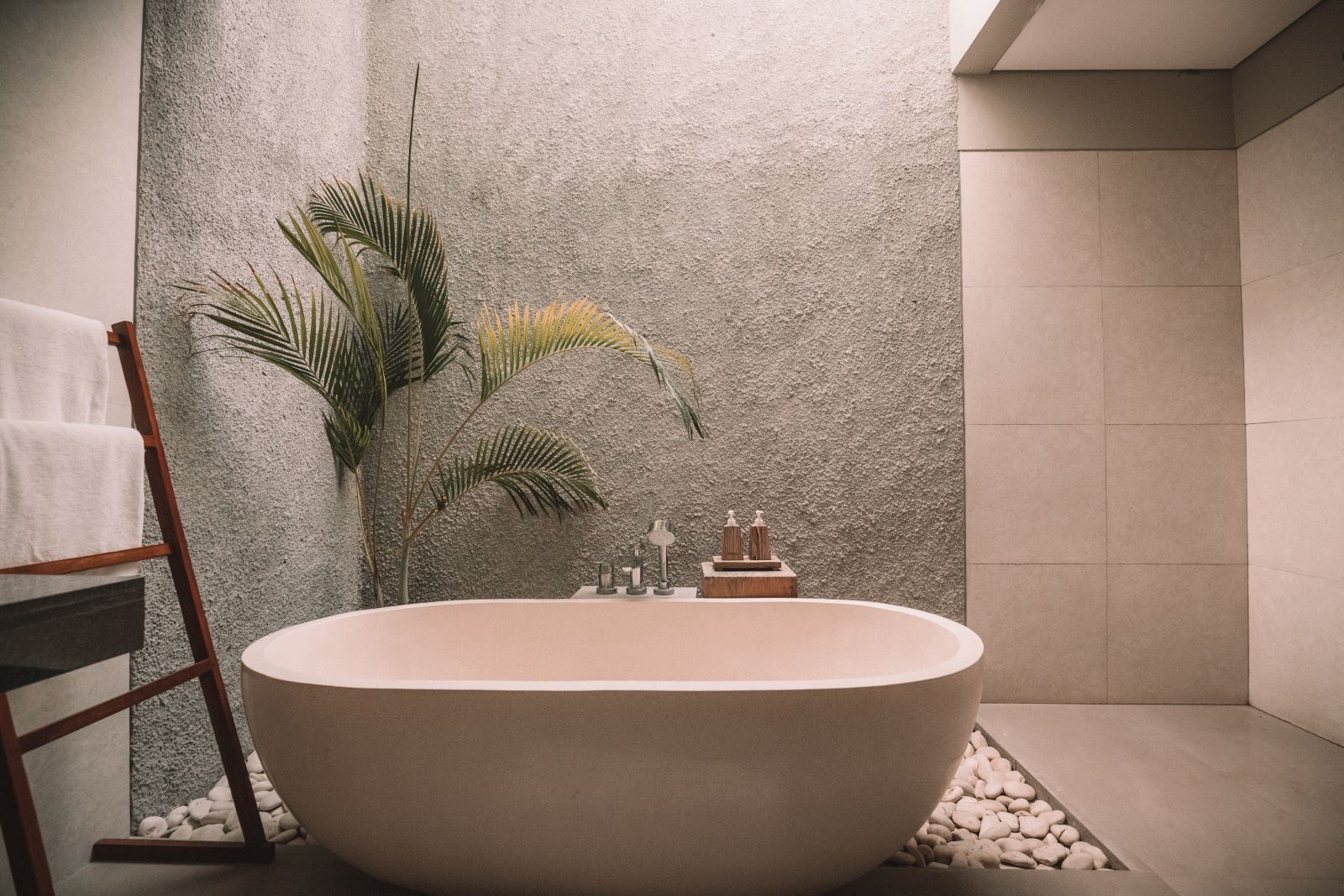
Incorporating heat treatment and cold treatment into your weekly routine can actually be easier than you may think. In regards to sauna usage, far infrared saunas are becoming more and more advanced and offered in smaller sizes. Portable far infrared saunas offer the same, if not more benefits than larger, cabin-style far infrared saunas and come in smaller packages which makes for less space commitment, and easy storage. In addition to this, portable saunas can really be placed anywhere within your house, allowing you to leverage hot and cold therapy to your liking.
When considering at home cold treatment, there are many options you could use. Simply incorporating some form of cold water may be the cheapest option that is still certainly effective. You could use a cold shower, a cold bath or even using a water trough filled with cold water in your garage. Alternatively, there are cryochambers that use extremely cold air to provide you with cold exposure therapy. Generally the easiest of these options will be to use cold showers.
Does Direct Hot and Cold Therapy Work on Injuries?
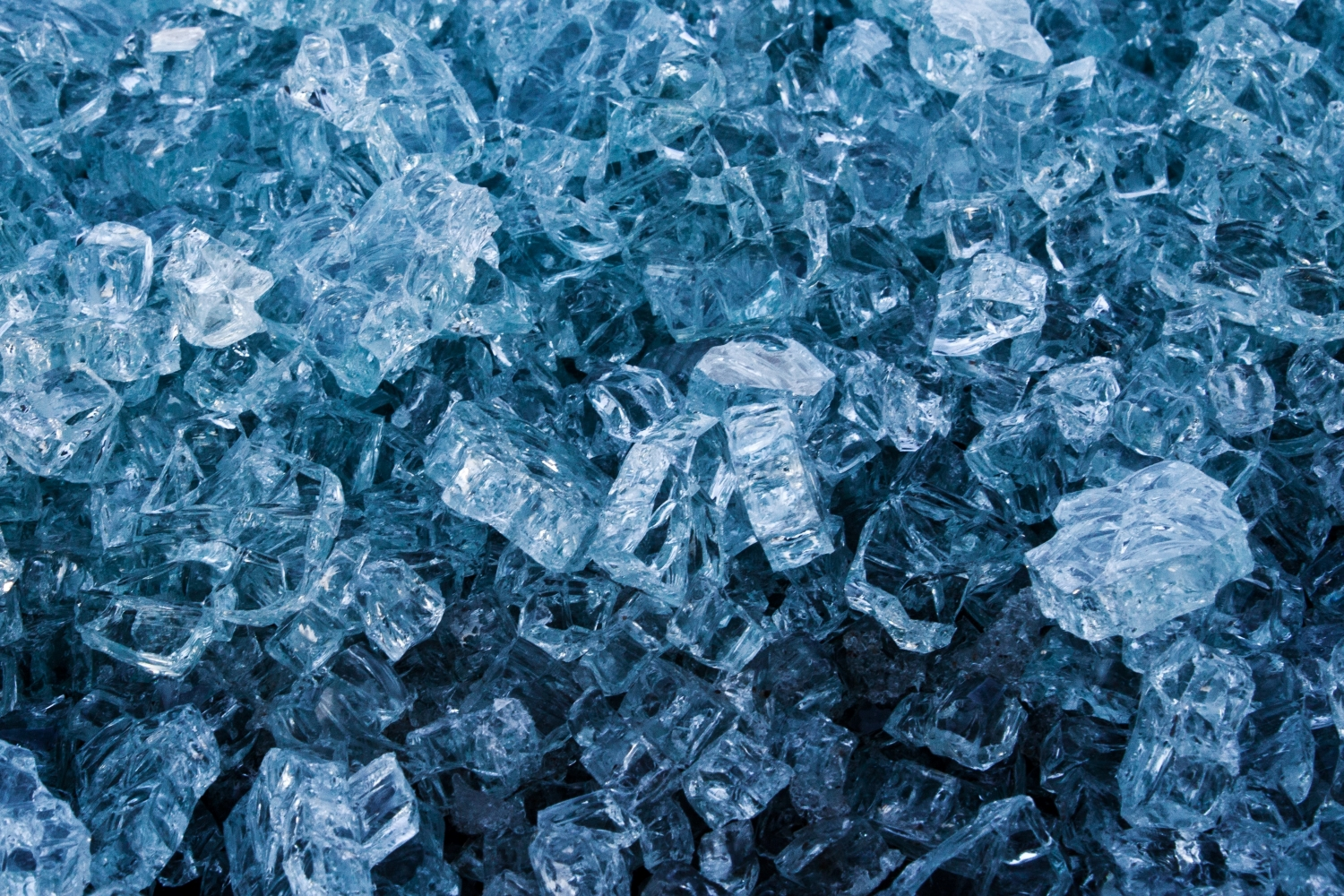
Traditional methods of handling injures have involved the use of hot and cold therapy. In forms of small acute injuries such as a rolled ankle or pulled muscle, many people are unsure of how to handle it directly. Direct cold treatment to a certain area can be achieved through cold compresses via ice packs or even a bag of frozen vegetables. Direct heat treatment can be achieved through a heat pack, heat wraps or even infrared heating pads in some cases.
How to Determine Which Therapy to Use
With direct treatment of an acute injury you should utilize heat therapy or cold therapy depending of weather you need to reduce swelling, or promote healing. Generally, after acute injuries you would want to incorporate cold treatment to decrease the swelling around the injury. After the swelling has reduced you should begin helping the healing process. This is where it would be wise to use direct heat therapy to enhance blood flow to the effected area.
Which is Better For Injuries? Direct or Full Body Immersion?
Using ice packs or heat packs are a quick and easy way to help an injury. They have a direct line to the site of the injury, whereas total body immersion would benefit the entire body. In many cases, it would be easy to find that with larger injuries, other muscles would be effected in some way. For example, a pulled back muscle would likely translate to muscular tension throughout the entire back. This means that in general, if you can opt for total body immersion to treat injuries, you should.
Leverage All Benefits of Hot and Cold Therapy
By using total body immersion when considering hot and cold therapy, your entire body can reap the benefits, opposed to simply the site of the injury. When taken into consideration that likely there will be other troublesome areas in the body when an injury occurs, it would make the most sense to leverage full body immersion to reduce inflammation and promote healing throughout the body.
Important Things to Note About Hot and Cold Therapy
Overall, when considering contrast therapy, it is important to understand heat therapy and cold therapy separately. When they can used back to back, there is little evidence to conclude that this is more beneficial than using both therapies, but separately. The bigger picture is that cold therapy helps reduce inflammation in the body, when used in total body immersion, it can promote feelings of alertness and decreased stress. With heat therapy, you can help promote healing and recovery, while leveraging the relaxed feeling of the cooldown.
General Exposure to Stress
Both hot and cold therapies stimulate a stress response from the body. This where a lot of the benefits are able to come from especially in relation to hormone secretion. This could even be accomplished through forms of extreme exercise such as high intensity workouts. In the end, creating a stress response within the body can give tons of health benefits.


